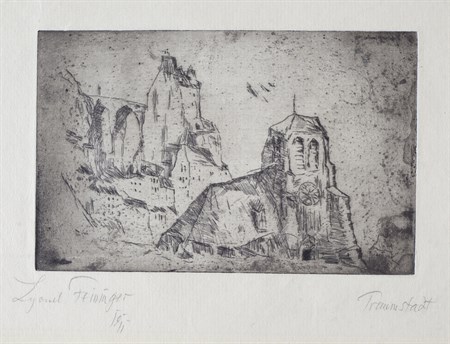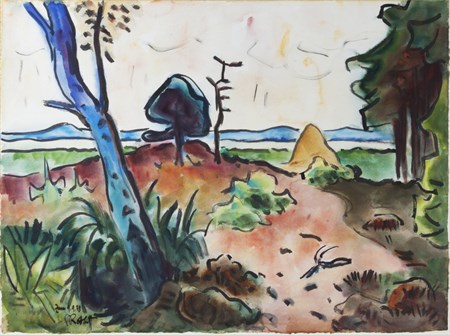What is Expressionism?
Expressionism was a revolutionary, new way of looking at art, and life, pioneered in the first decades of the 20th century. Although its exact definition is disputed, essentially it was about the search for a deeper, more spiritual meaning to life.
 Many progressive artists and writers, especially in Germany, sought a new deeper emotional perception of the world, which they felt lay beyond the physical surface appearance of their surroundings. They were united in their condemnation of materialism and the pace of industrialisation and sought a more spiritual alternative.
Many progressive artists and writers, especially in Germany, sought a new deeper emotional perception of the world, which they felt lay beyond the physical surface appearance of their surroundings. They were united in their condemnation of materialism and the pace of industrialisation and sought a more spiritual alternative.
“Informed by the philosophies of Friedrich Nietzsche, the art of the Middle Ages and the ‘primitive’ art of alternative traditions outside the Western classical tradition, Expressionism in Germany came to be seen as embodying a metaphysical quest for spiritual renewal that was driven by passionate idealism and the search for intellectual adventure” Dr Dorothy Price, Dept. of History of Art, University of Bristol, 2014.
Read Dr Dorothy Price's report on Leicester's German Expressionist Collection.
Watch a film of Dr Dorothy Price talking about Leicester's German Expressionist Collection.
Expressionism in art and literature refers to the use of distortion and exaggeration to amplify emotional effect. The artist is not seeking to depict objective reality, but rather the deeper, subjective emotions and responses that the world and events stimulate in him or her.
 In an artistic sense, Expressionism is characterised by the use of intense colour, agitated brushstrokes and distorted and disjointed forms or spaces. However it was not just a single style, but extended more into a cultural movement which influenced not only the fine arts, but also dance, cinema, literature and theatre. Expressionism continues to fascinate us today.
In an artistic sense, Expressionism is characterised by the use of intense colour, agitated brushstrokes and distorted and disjointed forms or spaces. However it was not just a single style, but extended more into a cultural movement which influenced not only the fine arts, but also dance, cinema, literature and theatre. Expressionism continues to fascinate us today.